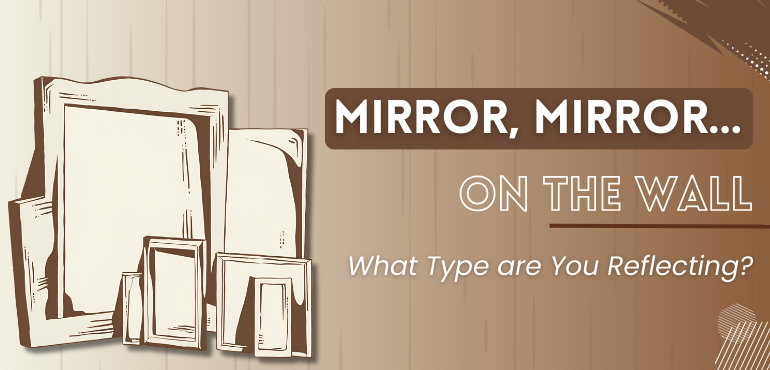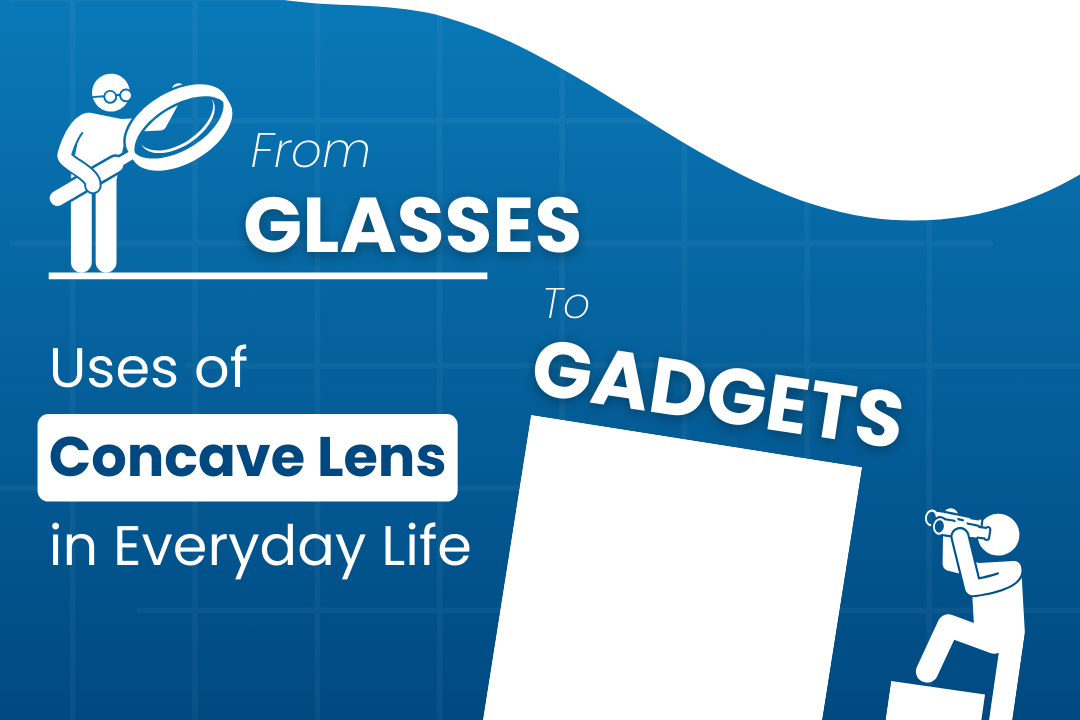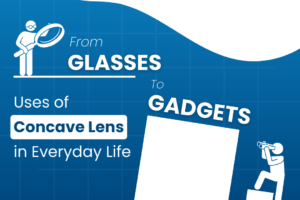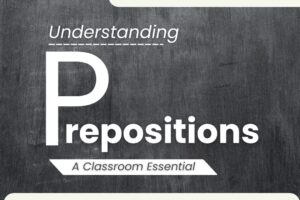
Mirrors are ubiquitous in our daily lives, serving both functional and aesthetic purposes. From helping us groom ourselves to enhancing the beauty of our spaces, mirrors come in various types, each designed for specific applications. This article explores the different types of mirrors, their characteristics, and their uses, providing a comprehensive understanding of these reflective surfaces.
Types of Mirrors
Exploring the different types and their unique characteristics.
Plane Mirrors
Plane mirrors are flat, reflective surfaces that produce images that are virtual, upright, and laterally inverted. They are typically made of glass with a reflective coating on one side. The most common example of a plane mirror is the bathroom mirror, which allows us to see our reflections clearly.
Uses
- Personal Grooming: Plane mirrors are essential in bathrooms and dressing rooms for tasks like shaving, applying makeup, and hairstyling.
- Interior Design: They are often used in homes to create the illusion of space and light, making rooms appear larger and brighter.
- Optical Devices: Plane mirrors are also used in telescopes and other optical instruments to direct light.
Spherical Mirrors
Spherical mirrors have a curved surface and are classified into two main types: concave and convex mirrors.
Concave Mirrors
Concave mirrors curve inward, resembling a bowl. They can produce both real and virtual images based on the object’s distance from the mirror. When an object is placed close to the mirror, it produces a virtual image that is larger than the object.
Uses
- Telescopes: Concave mirrors are commonly used in telescopes to gather and focus light from distant stars and celestial bodies.
- Shaving and Makeup Mirrors: These mirrors are often used in personal grooming products because they magnify the reflection, allowing for detailed work.
- Flashlights: Concave mirrors are used in flashlights to direct light into a beam.
Convex Mirrors
Convex mirrors curve outward, causing light rays to diverge. They always produce virtual, upright, and diminished images, making them useful for specific applications.
Uses
- Vehicle Side Mirrors: Convex mirrors are commonly used as side mirrors on vehicles because they provide a wider field of view, helping drivers see more of their surroundings.
- Security Mirrors: These mirrors are often installed in stores and parking lots to enhance security by allowing surveillance of larger areas.
- Traffic Mirrors: Convex mirrors are used at intersections and blind corners to improve safety by providing drivers with better visibility.
Back-Silvered Mirrors
Back-silvered mirrors consist of a glass plate with a reflective coating applied to the back. This type of mirror is the most common in homes and commercial spaces.
Uses
- Home Decor: Back-silvered mirrors are widely used in interior design for their clarity and ability to reflect light beautifully.
- Furniture: They are often incorporated into furniture pieces, such as mirrored dressers and coffee tables, adding a touch of elegance.
- Artistic Displays: Artists and designers frequently use back-silvered mirrors to create stunning visual effects in their work.
Front-Silvered Mirrors
Front-silvered mirrors have a reflective coating on the front surface, allowing for high-quality reflections. They can be made from various materials, including glass and acrylic.
Uses
- Optical Instruments: Front-silvered mirrors are commonly used in optical devices, such as microscopes and high-end cameras, where clarity and precision are crucial.
- Specialized Applications: These mirrors are also used in laser technology and scientific research, where accurate light reflection is essential.
Flexible Mirrors
Flexible mirrors are made from thin plastic or other materials that can bend without breaking. They are lightweight and shatterproof, making them safe for various environments.
Uses
- Safety Applications: Flexible mirrors are often used in schools, playgrounds, and public spaces where breakage could pose a risk.
- Costume and Theatrical Use: They are popular in the entertainment industry for creating unique visual effects and props.
- Portable Mirrors: Flexible mirrors are also used in compact, portable designs for personal grooming on the go.
Decorative Mirrors
Decorative mirrors come in various shapes, sizes, and designs, often featuring ornate frames or artistic elements. They serve primarily aesthetic purposes.
Uses
- Interior Design: Decorative mirrors are used to enhance the beauty of a space, serving as focal points in living rooms, bedrooms, and hallways.
- Art Installations: Artists often incorporate mirrors into their installations to create dynamic visual experiences.
- Event Decor: Decorative mirrors are popular in weddings and special events, adding elegance and charm to the decor.
Conclusion
Mirrors are more than just reflective surfaces; they are versatile tools that play significant roles in our daily lives. From practical uses in grooming and safety to artistic applications in design, the various types of mirrors cater to a wide range of needs. Understanding the characteristics and uses of different mirror types can help you choose the right one for your specific requirements, whether for personal use, home decor, or professional applications. As technology advances, we can expect to see even more innovative mirror designs and uses in the future, further enhancing our experiences with these fascinating objects.








